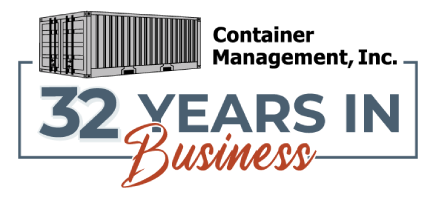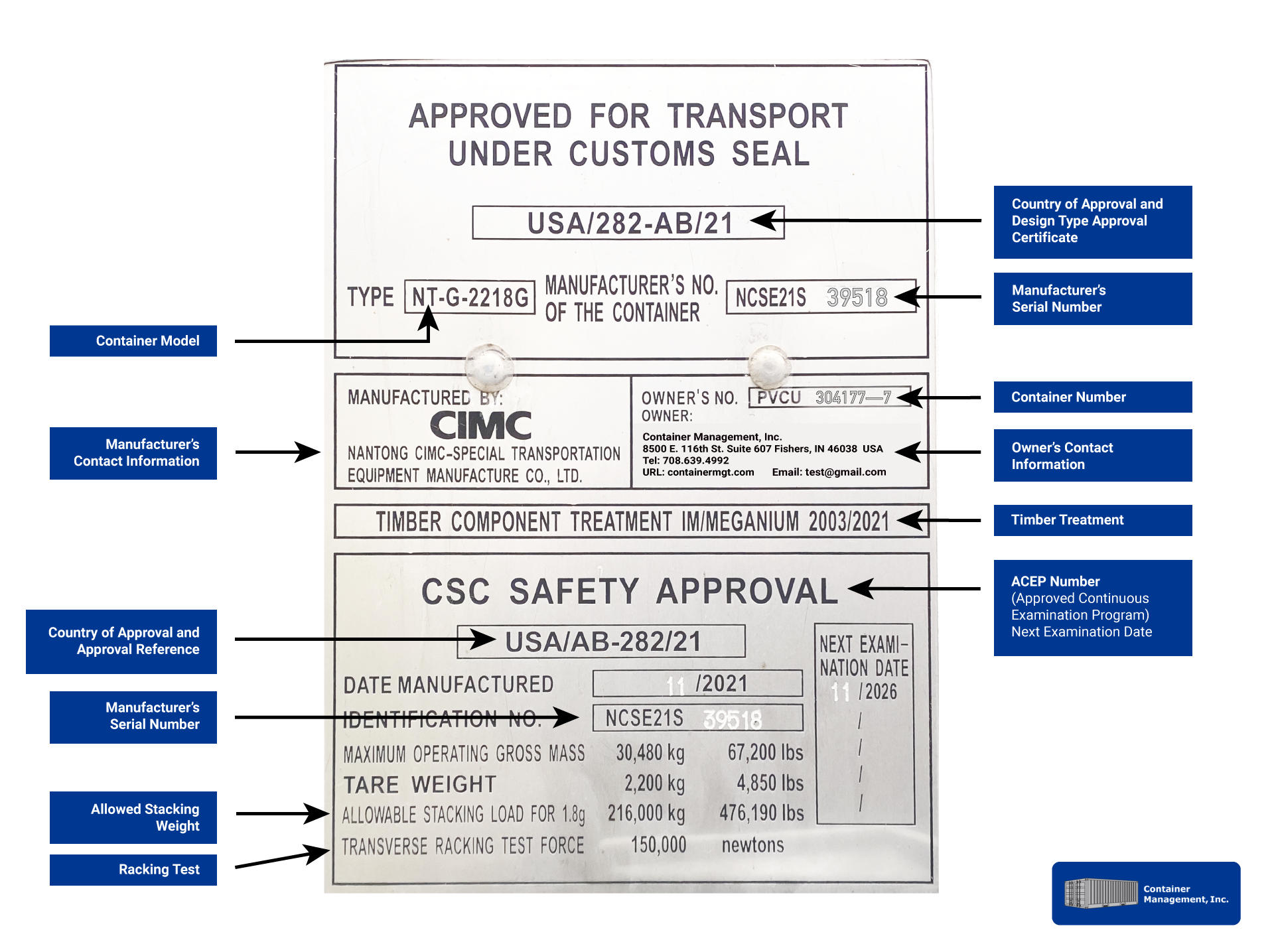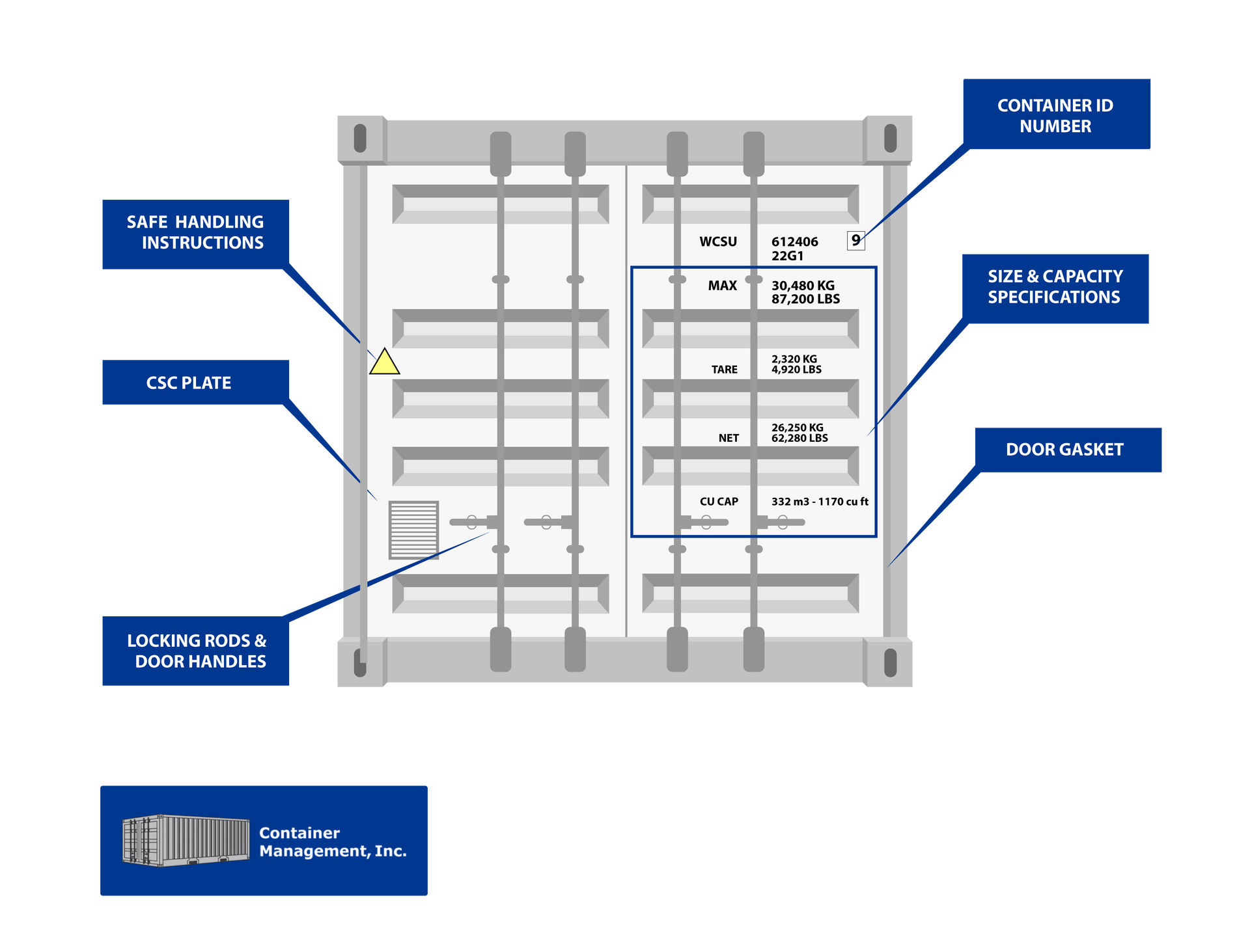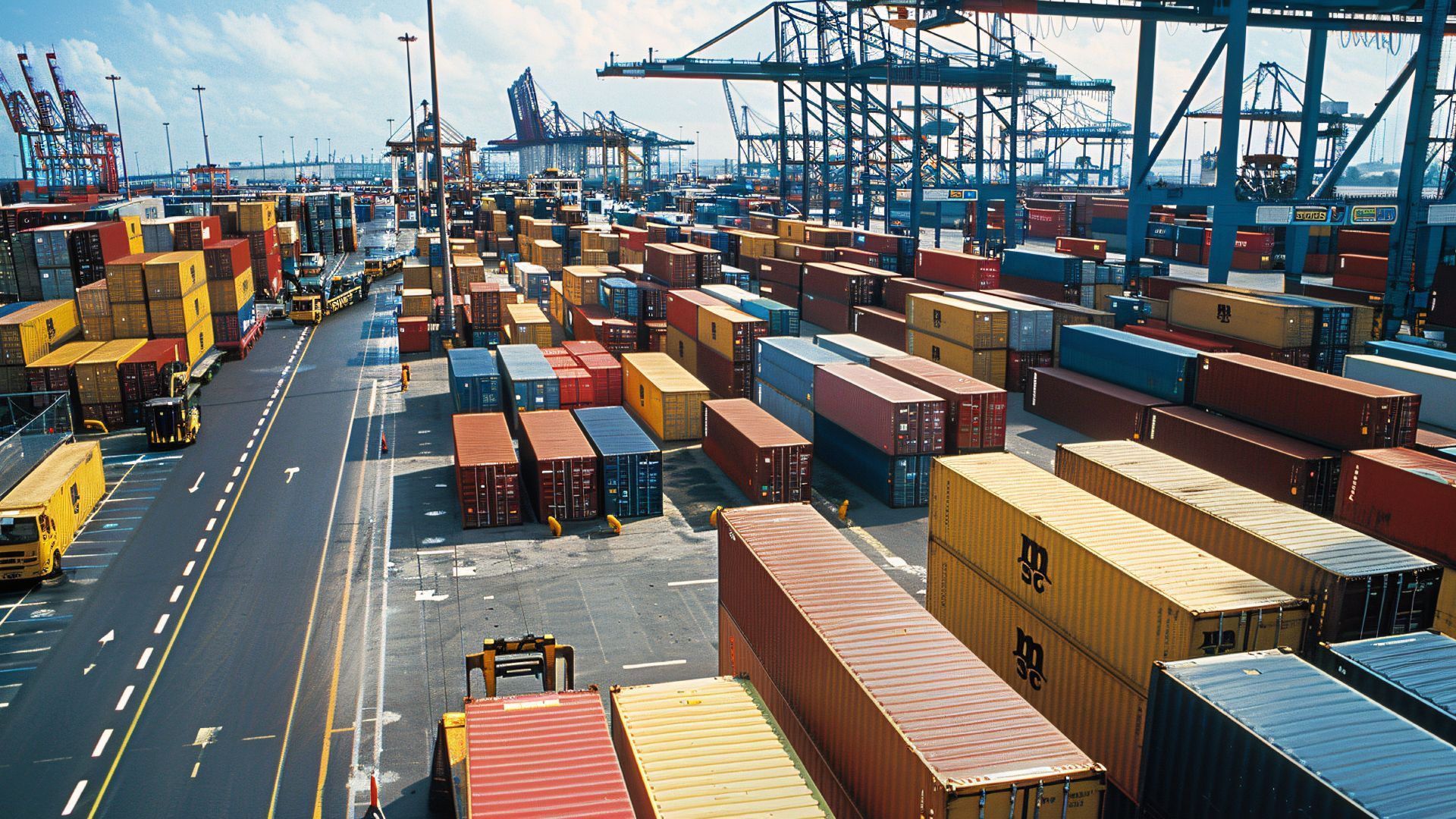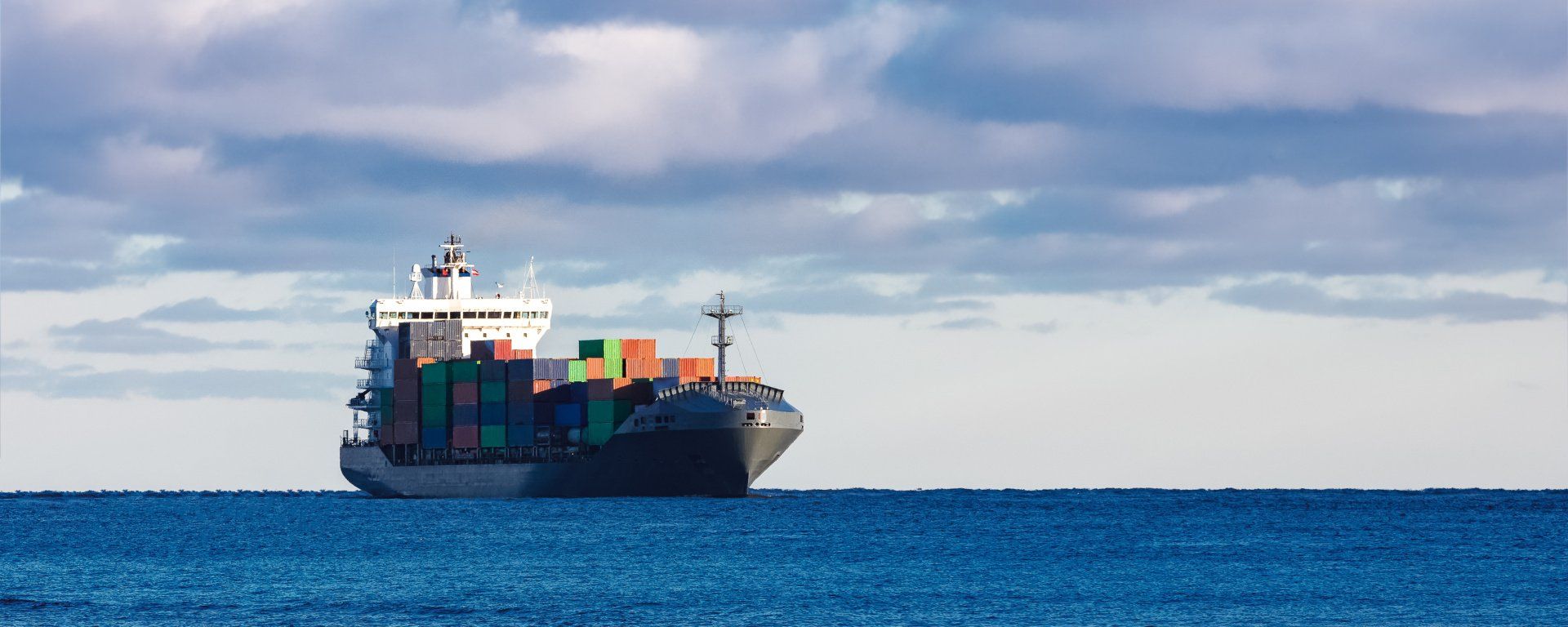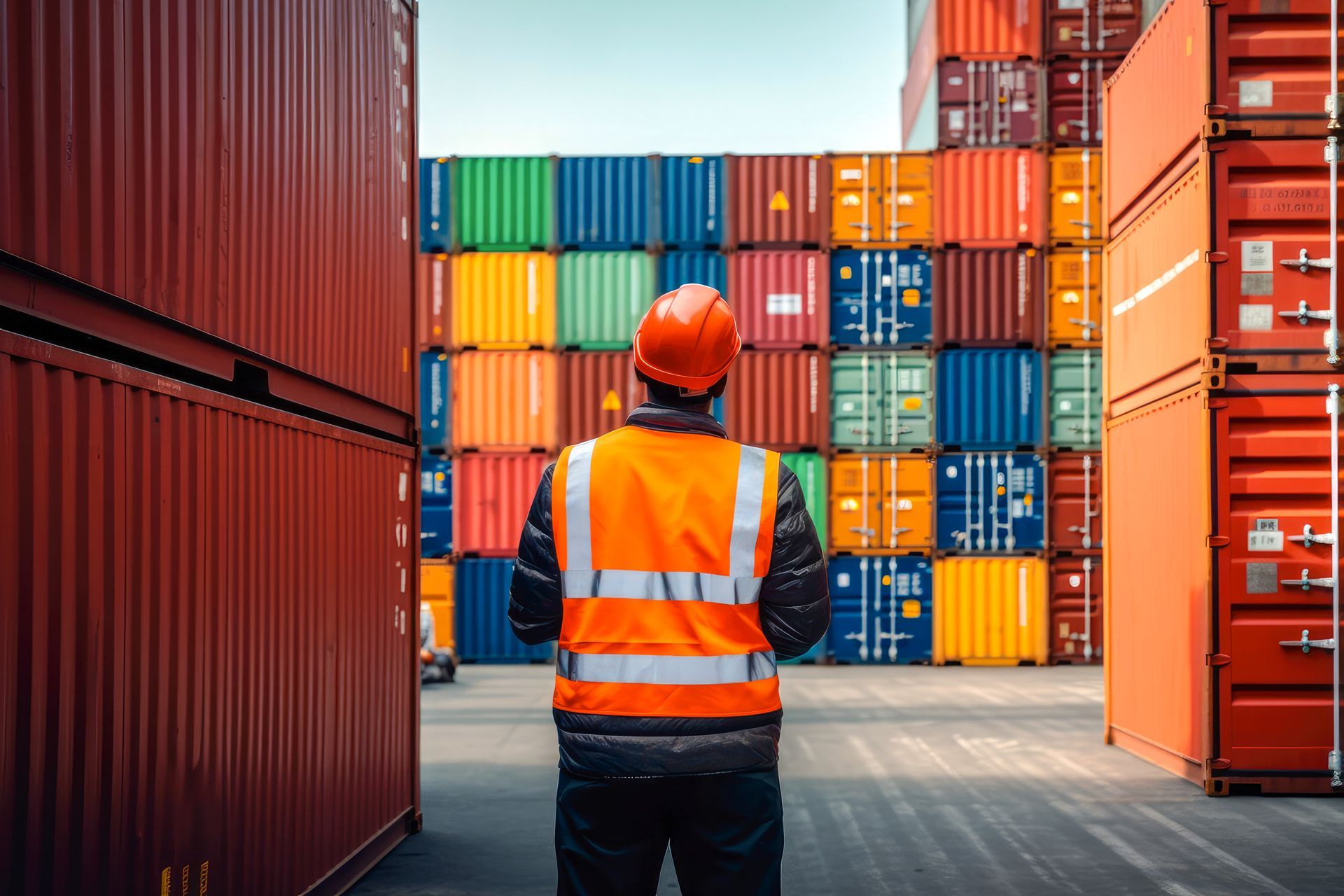How to Read Shipping Container CSC Plates, Markings, & Export Surveys
In This Article:
Shipping containers are the backbone of global trade. Every day, millions of containers move across the world, carrying goods safely and efficiently. But have you ever noticed the numbers, letters, and plates attached to these massive steel boxes?
International shipping depends on standardized shipping container markings to ensure efficient transport, handling, and stacking. The use of shipping container codes helps shipping companies track and identify containers in real time. This ensures compliance with international safety standards.
In fact, The International Organization for Standards (ISO) requires that all containers are built to within a few millimeters of one another.
As of 2025, the container capacity of five of the world’s major players in container transport is estimated at 16.4 million TEUs (Twenty-Foot Equivalent Units).
With over 90% of global trade relying on cargo and container transport, international standardization organizations have developed strict safety requirements for intermodal shipping. These include the CSC plate, container identification number, and other essential markings.
Whether you’re new to the industry or just curious, this guide will help you understand how to read shipping container CSC plates, identification numbers, and export surveys with ease.
Understanding the CSC Plate
The
CSC plate (Convention for Safe Containers) is a mandatory safety approval plate
required for international transport.
It ensures that a container meets international safety regulations set by international standardization organizations.
Where to Find the CSC Plate
The
CSC plate container is permanently attached to the left-hand door of the shipping container. It is usually made of metal and riveted in place.
Important Information on the CSC Plate
A CSC plate contains the following important information:
- Manufacturer name and registration number
- Date of manufacture
- CSC safety approval number
- Maximum gross weight
- Allowable stacking weight
- Racking test load value
The CSC plate confirms that the unit has passed inspections and meets all international safety standards for stacking and transport. If the plate is missing or altered, the container may not be suitable for international shipping.
You can Learn more about the Convention for Safe Containers on the
International Maritime Organization's website.
Shipping Container Identification Number
Every container is assigned a container identification number by the Bureau International des Containers (BIC). This number follows the ISO 6346 standard, which ensures consistency across the industry.
How to Read a Shipping Container Identification Number
Example: ABCU 123456 7
- First Three Letters (ABC) → The BIC code for the owner. This is registered with the International des Containers BIC.
- Fourth Letter (U) → The equipment category identifier for general purpose containers.
Other identifiers include:
- J for detachable container equipment
- Z for trailers and chassis
- Six Digits (123456) → The unique serial registration number assigned to the container.
- Final Check Digit (7) → A verification digit calculated from the previous letters or digits.
This number allows shipping companies to track containers in real time and ensures compliance with international safety standards.
Operational Markings: Size and Capacity
Containers are labeled with specific
shipping container codes that provide details about their
size and type codes, weight limits, and stacking capabilities.
| Marking | Definition |
|---|---|
| ISO Code | Indicates the container's type and size based on the ISO 6346 standard. |
| Size and Type Codes | A combination of capital letters and numbers specifying the container’s dimensions and use. |
| Maximum Gross Weight | The total weight of a fully loaded container, including cargo. |
| Tare Weight | The weight of the empty container. |
| Net Weight | The maximum allowable cargo weight. |
| Cubic Capacity | The container’s internal volume. |
Shipping companies must ensure that containers are not loaded beyond the maximum gross weight listed on the CSC plate container.
Additionally, local regulations may impose stricter weight limits than the container's listed tare weight.
Safe Handling Markings
Certain containers have additional shipping container markings for safety and handling.
- High Cube Containers
- Labeled with yellow decals at the top corners.
- Identified as "HC" in the size and type codes.
- One foot taller than general purpose containers.
- Hazardous Cargo Labels
- Containers transporting hazardous materials must display safety requirements for cargo handling.
- Temperature-Controlled Containers (Reefers)
- Feature electrical specifications and cooling system labels.
These shipping container codes help ensure compliance with international safety standards during transport and storage.
CSC Surveys for Export Shipping
For international shipping, a CSC survey is often required to confirm that a container meets international safety regulations. This is especially important for shipper-owned containers (SOC) used by independent exporters.
What Is a CSC Survey?
A CSC survey is an inspection conducted by a licensed maritime inspector to verify that a container meets ISO 6346 standard safety requirements.
Key Facts About CSC Surveys supplied through Container Management, Inc.
- Only Cargo-Worthy (CW) or One-Trip Containers qualify.
- We only survey containers we sell.
- A CSC survey adds 2-3 business days to your pickup date.
- We do not assist with moving loaded containers overseas.
Cargo-Worthy vs. One-Trip Containers
- Cargo Worthy (CW): Certified for stacking on ships.
- One-Trip Containers: New containers used for a single international transport from the factory.
Before purchasing a container for international shipping, ensure it has a valid CSC plate and meets all safety requirements.
Learn more about the ocean export process and the ocean export containers we sell.
Final Thoughts
Understanding shipping container numbers, CSC plate markings, and export surveys is crucial for ensuring compliance with international safety standards if you’re planning to use your container for export.
- The CSC plate container verifies safety compliance.
- The container identification number helps with tracking.
- Operational markings show weight limits and handling details.
- CSC surveys confirm a container’s suitability for international shipping.
If you need a certified cargo-worthy container for export, make sure it has a valid CSC plate, and has undergone a survey conducted by a licensed inspector.
For expert guidance, quality containers, and CSC surveys,
contact Container Management, Inc. today.
